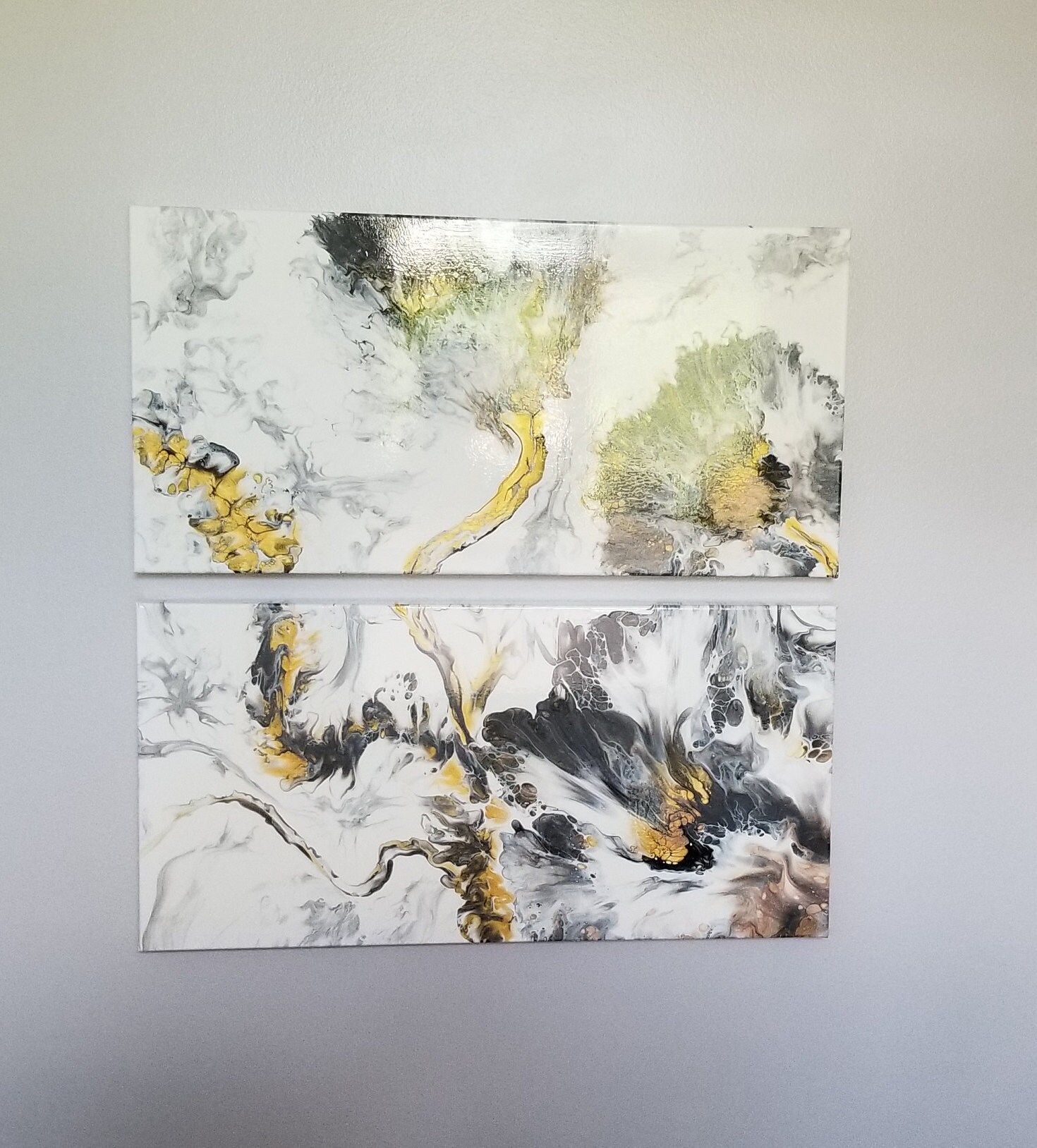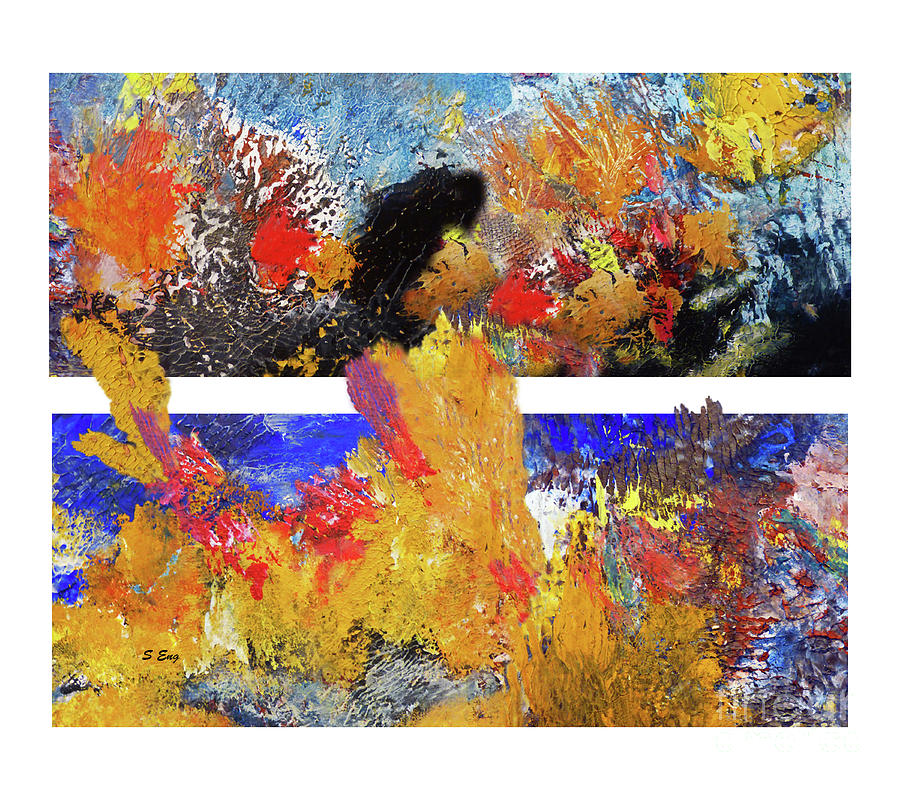

Richard’s jewel may resemble one with pearls on its antlers given to him by his second wife, while the hart badges worn by the angels in the right wing show that they are Richard’s supporters. In this period, it was customary for the badges of kings and nobles to be worn by their friends and followers.

Richard probably inherited the white hart from the white hind or doe used by his mother, but it may also be a pun on his name ( Richart in French). White harts and broomcod collars are also worn by the angels on the right wing. His red and gold robe is patterned with harts and rosemary, encircled with broomcods. On the inside of the left wing, Richard wears a jewel of the white hart painted to resemble white enamel over gold, pearls decorating its antlers, and a magnificent collar of gold broomcods (seeds of the broom plant). The hart was Richard’s own badge, and the flowers include rosemary and ferns, emblems of his first wife Anne, as well as the irises and pimpernels of his second wife, Isabelle of France. On the outside of the left wing, a white hart or stag, chained and with a crown around its neck, lies on a bed of flowers. On the outside of the right wing, the English royal arms are impaled with those of Edward the Confessor.

The feast of the Epiphany had a special place in the liturgical life of all medieval royal courts, but especially so for Richard, as it fell on 6 January, his birthday.

The arrangement of the three kings before the Virgin and Child also calls to mind the Adoration of the Kings. It is notable that the three saints are shown in the order in which their chapels are located in the choir of the Abbey, where Richard was crowned as a ten-year-old boy, and where he was buried. Richard owned relics of the saint, and had prayers said at his altar in Westminster Abbey. He was deeply devoted to all three saints, who were central to his idea of sacred kingship: Edmund and Edward were England’s patron saints and former kings John the Baptist announced the coming of the Messiah. The imagery may seem conventional but it was intensely personal to Richard. The infant Christ is wrapped in cloth of gold, and stippled within his halo is a crown of thorns and three nails – symbols of the Passion. The richness of the tempera paintwork, the meticulously stamped gilding and the refinement of detail is extraordinary. They stand in a flowery meadow surrounded by angels, one of whom carries a white standard with a red cross. The saints present the King to the Virgin Mary and Christ Child. He is accompanied by three saints: John the Baptist, carrying the Lamb of God Edward the Confessor, holding a ring and Edmund with the arrow of his martyrdom in his hand. The young King, sumptuously dressed, kneels in a barren landscape. It combines religious and secular imagery to embody his personal conception of kingship and his concerns with family and status.
#Diptic prints portable#
It is a portable diptych made for the private use of Richard II, King of England from 1377 to 1399, probably in the last five years of his life. This small altarpiece is one of a handful of English panel paintings to have survived from the Middle Ages.


 0 kommentar(er)
0 kommentar(er)
